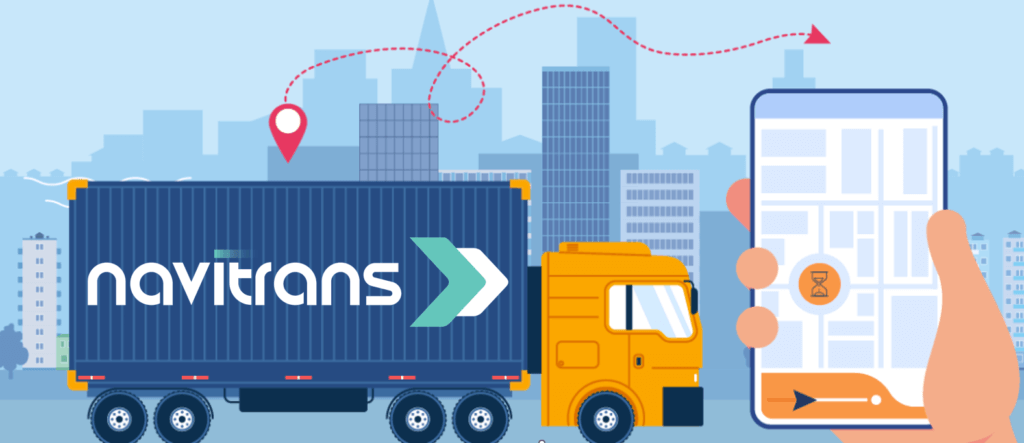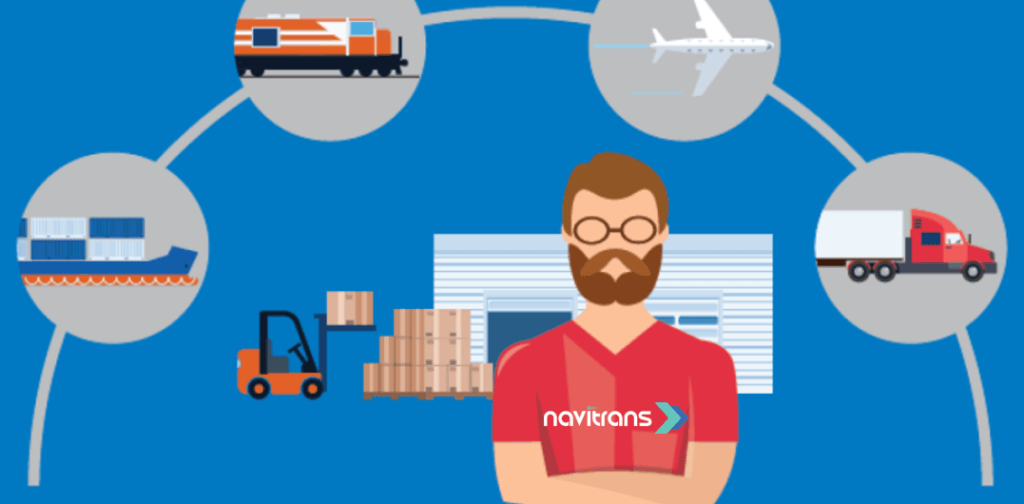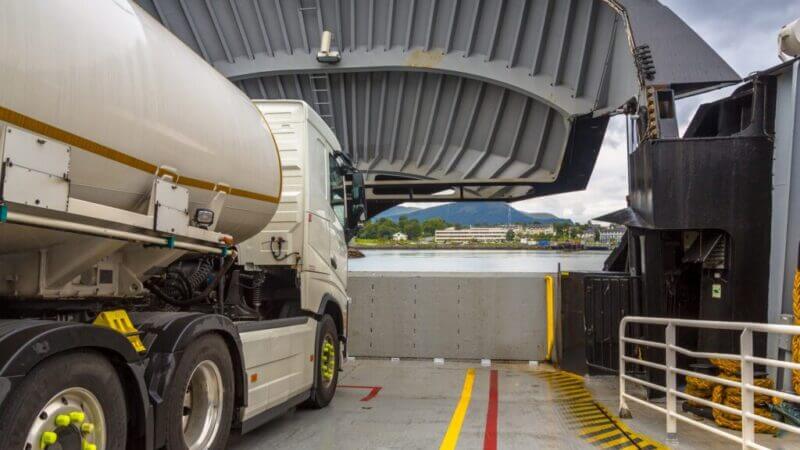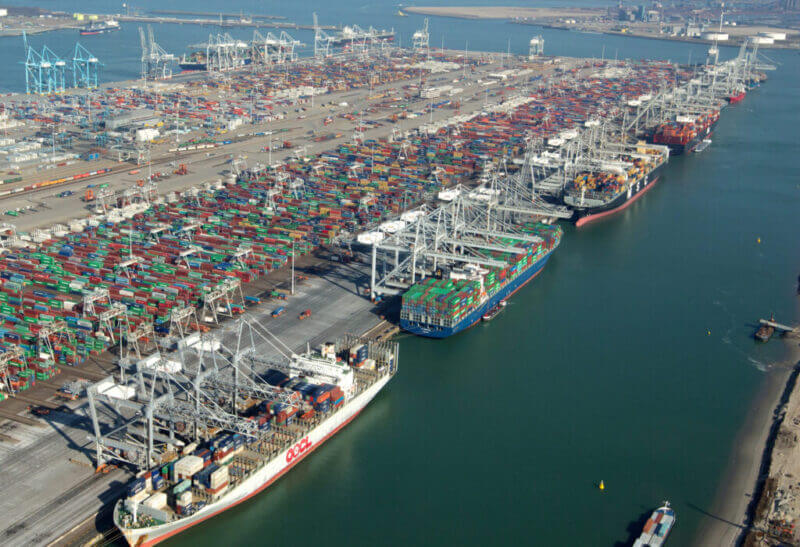Introduction
In an increasingly interconnected world, efficient and reliable transportation is the backbone of successful supply chain management. Whether you are a manufacturer, distributor, or retailer, the ability to move goods from one location to another seamlessly is essential for meeting customer demands and maintaining a competitive edge. This is where a Transport Management System (TMS) comes into play. A TMS is a comprehensive solution designed to streamline the entire transportation process, making it more cost-effective, environmentally friendly, and customer-centric. In this blog, we will explore the significance of a TMS in network distribution and delve into the detailed functionality required to harness its full potential.
The Significance of a Transport Management System (TMS)
Network distribution, which involves the movement of goods across multiple locations, can be an intricate and time-consuming process. It requires careful planning, coordination, and execution to ensure that products reach their destinations on time and in the most cost-effective manner. This is where a TMS can make a significant difference. Here are some key reasons why a TMS is indispensable for network distribution:
- Cost Optimization: A TMS can help you reduce transportation costs by optimizing routes, consolidating shipments, and minimizing empty return trips. It allows you to make data-driven decisions that lead to cost savings.
- Efficient Routing: TMS software uses advanced algorithms to determine the most efficient routes for shipments, taking into account factors like traffic conditions, fuel costs, and delivery windows. This reduces transit times and enhances customer satisfaction.
- Visibility and Tracking: Real-time visibility into the transportation process is vital for network distribution. A TMS provides detailed tracking and monitoring capabilities, allowing you to track shipments at every stage and proactively address any issues that may arise.
- Compliance and Documentation: TMS solutions help you stay compliant with transportation regulations and provide the necessary documentation for shipments, reducing the risk of legal and regulatory penalties.
- Environmental Impact: Efficient routing and load optimization not only save costs but also reduce the carbon footprint of transportation operations, contributing to sustainability goals.
Now, lets dive into the detailed functionality required in a Transport Management System for effective network distribution:
- Order Management: A TMS should seamlessly integrate with your order management system to capture and process transportation requests. It should support various order types, such as inbound, outbound, and inter-site transfers.
- Route Optimization: Advanced routing algorithms are at the core of a TMS. It should factor in multiple variables like distance, time, vehicle capacity, and traffic conditions to determine the most efficient routes and delivery schedules.
- Load Planning and Optimization: Efficient load planning ensures that each vehicle is maximally utilized. TMS should account for various parameters, including weight restrictions, volume constraints, and product compatibility, to optimize load plans. The planning and outcomes can be displayed via the graphical plan board.
- Carrier Management: The system should maintain a database of approved carriers and their performance metrics, allowing you to select the right carrier for each shipment based on cost and service level agreements.
- Shipment Consolidation: A TMS should enable you to consolidate shipments when feasible, reducing transportation costs and minimizing the environmental impact.
- Real-time Tracking and Shipment Visibility: Real-time tracking and monitoring of shipments, along with automated notifications for delays or exceptions, help you proactively manage the transportation process.
- Warehouse Integration: Integration with warehouse management systems (WMS) ensures smooth coordination between order fulfillment and transportation, reducing order-to-delivery lead times.
- Temperature Control: Temperature-controlled logistics refers to the storage, transportation, and distribution of temperature-sensitive cargo. This ensures that the temperature throughout the supply chain remains the same – in other words, controlled – from parcel packing to the maintenance of the cold chain till it reaches its destination.
- Freight Audit and Payment: Automating the audit and payment of freight bills helps prevent overbilling and ensures accurate accounting for transportation costs.
- Customer Collaboration: For better customer service, TMS should offer customer portals or APIs that allow customers to schedule shipments, track orders, and receive notifications.
- Analytics and Reporting: Access to detailed reports and analytics allows you to identify trends, optimize routes, and make data-driven decisions for continuous improvement.
- Compliance and Documentation: Ensure the system generates and manages essential transportation documents such as bills of lading, shipping labels, and customs documentation, helping you comply with regulatory requirements.
- Mobile Access: Field personnel and drivers should have access to mobile apps that provide real-time updates, document capture, and electronic signature capabilities for proof of delivery. Also consider connectivity with on-board computers in trucks (OBC).
- Control Tower: A logistics or supply chain control tower is traditionally defined as a connected, personalized dashboard of data, key business metrics and events across the supply chain. A supply chain control tower enables organizations to understand, prioritize and resolve critical issues in real time more fully.
- Scalability: The TMS should be scalable to accommodate the growth of your distribution network and adapt to changing business requirements.
Conclusion
A Transport Management System is the key to unlocking the full potential of network distribution. By streamlining operations, reducing costs, and enhancing customer service, a TMS is an essential tool for any organization with complex transportation needs. When evaluating TMS solutions, consider the specific requirements of your network distribution network and ensure that the chosen system offers the functionality outlined above. With the right TMS in place, you can navigate the challenges of network distribution with ease, ensuring your products reach their destinations efficiently and on time.
Navitrans Transport Management System (TMS, WMS and Finance)
With Navitrans Logistics Software, businesses can effectively manage their transport- and warehouse management operations, including order processing, graphical planning board, route optimization, portals and control tower. The software provides real-time supply chain visibility into transport and warehouse operations and helps automate various transportation and warehousing tasks, leading to improved productivity and logistics control. Navitrans is based on Microsoft Dynamics 365 Business Central.
Author is Harry Luijk – Logistics & Supply Chain Professional – CCO at Navitrans a Valsoft Aspire Software Company | Partner at Merlyn Consult.




